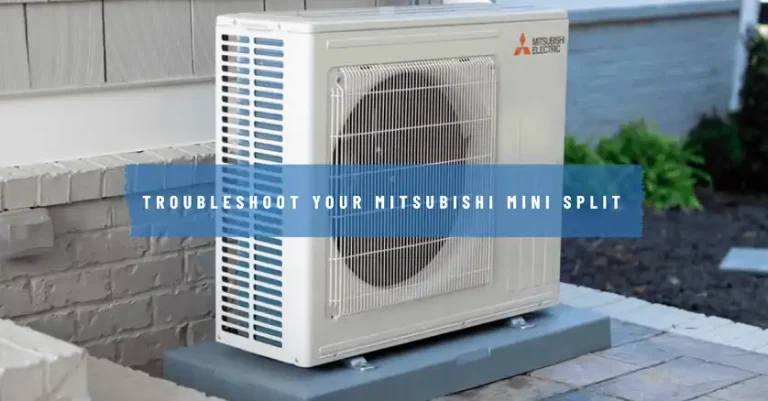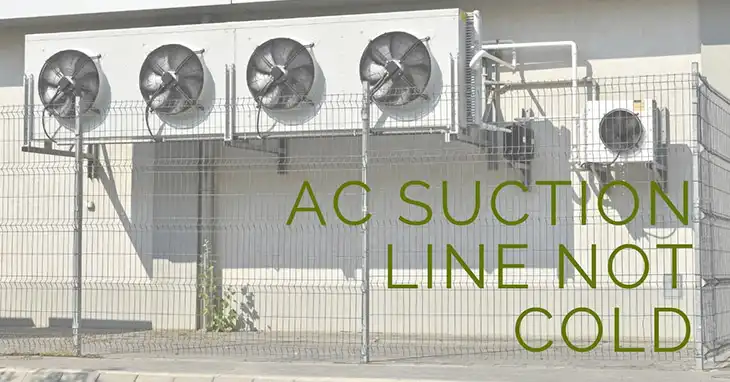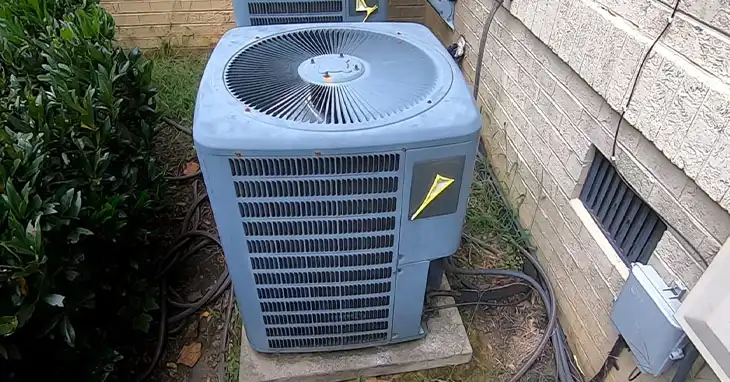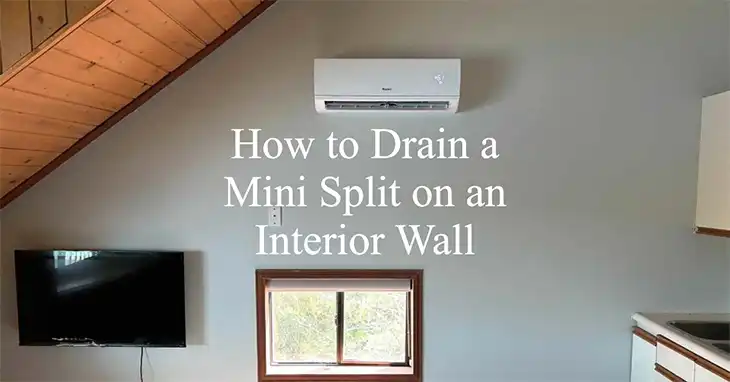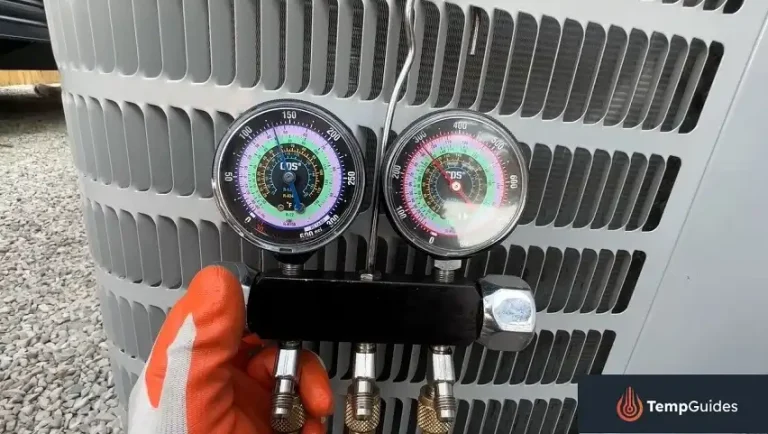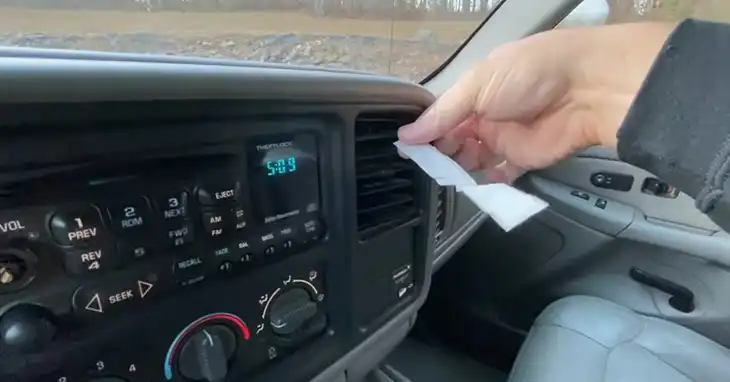Why Is My Condensate Pump Having to Work Often?
Are you tired of your condensate pump running constantly? It’s a frustrating issue that many homeowners face, and it can signify underlying problems with your HVAC system.
The most common reasons for a condensate pump working excessively are high humidity levels, refrigerant leaks, clogged evaporator coils, inadequate airflow, and an oversized HVAC system. However, issues like a faulty float switch, pinched drain line, or damaged impeller can also contribute to frequent pump operation.
Don’t worry! I’m here with this article to explore the reasons behind your condensate pump’s frequent operation and provide practical solutions to address this issue. We’ll explore the various factors that contribute to excessive condensate production, enabling you to tackle the problem at its source. So, let’s read and uncover the root causes.
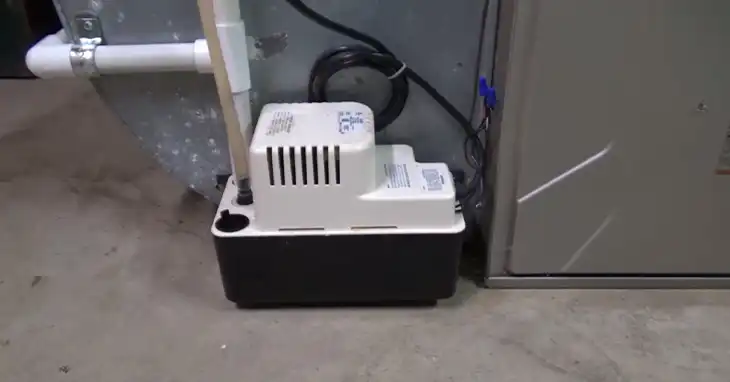
Causes of Frequent Condensate Pump Operation
1. Humidity Levels
Excessive humidity in your home can lead to increased condensation, causing your condensate pump to work overtime. High humidity levels can result from various factors, such as inadequate ventilation, leaks in the ductwork, or even daily activities like cooking and showering. When the air contains too much moisture, it condenses on the evaporator coils, leading to excessive condensate production.
2. Refrigerant Leaks
Refrigerant leaks can also contribute to your condensate pump’s frequent operation. When there’s a leak in the refrigerant line, the system struggles to cool the air effectively, causing the evaporator coils to run colder than usual. This temperature difference leads to increased condensation, resulting in more frequent condensate pump cycles.
3. Clogged or Dirty Evaporator Coils
Over time, dirt, dust, and debris can accumulate on the evaporator coils, hindering their ability to effectively transfer heat. When the coils are clogged or dirty, they become less efficient, causing them to run colder and produce more condensation. This excessive condensation can overwhelm the condensate pump, leading to frequent operation.
4. Improper Airflow
Inadequate airflow can also be a culprit behind your condensate pump’s frequent operation. If the air filters are clogged or the ductwork is obstructed, the airflow through the system is restricted. This lack of proper airflow causes the evaporator coils to run colder, leading to increased condensation and more frequent condensate pump cycles.
5. Oversized HVAC System
An HVAC system that is too large for your living space can also contribute to excessive condensation. When an oversized system runs, it cools the space too quickly, leading to short cycling. This constant on-and-off operation can cause the evaporator coils to remain cold, resulting in increased condensation and frequent condensate pump operation.
6. Faulty or Stuck Float Switch
If the condensate pump’s float switch is stuck in the upward position, it can trick the pump into thinking that the basin is full, causing it to run continuously. This issue may occur due to debris or corrosion preventing the float from moving freely.
7. Pinched or Kinked Drain Line
A pinched or kinked drain line can restrict the flow of condensate from the pump, causing it to run more frequently in an attempt to clear the blockage.
8. Damaged Impeller
The condensate pump’s impeller is responsible for moving water from the reservoir through the discharge hose. If the impeller is damaged or worn out, it may not be able to effectively pump the condensate, leading to more frequent cycling.
Solutions to Reduce Condensate Pump Operation
Solution 1: Maintain Proper Humidity Levels
Investing in a dehumidifier or ensuring proper ventilation in your home can help regulate humidity levels. This will reduce the amount of condensation on the evaporator coils, allowing your condensate pump to operate less frequently.
Solution 2: Schedule Regular HVAC Maintenance
Regular maintenance by a professional HVAC technician can prevent issues like refrigerant leaks, clogged coils, and airflow obstructions. During maintenance, the technician can inspect the system, clean the coils, and ensure proper airflow, reducing the risk of excessive condensation.
Solution 3: Replace Air Filters Regularly
Regularly replacing your HVAC system’s air filters can improve airflow and prevent the buildup of dirt and debris on the evaporator coils. This can help maintain optimal system efficiency and reduce the likelihood of excessive condensation.
Solution 4: Inspect and Clean the Float Switch
Regularly insp0ecting and cleaning the float switch can prevent debris buildup and ensure it moves freely, reducing the risk of it getting stuck and causing the pump to run continuously.
Solution 5: Check and Straighten the Drain Line
Inspect the condensate drain line for any kinks or pinches that may be restricting the flow of condensate. Straightening the line can help restore proper drainage and reduce the frequency of pump operation.
Solution 6: Consider Replacing the Condensate Pump
If the impeller is damaged or the pump itself is faulty, it may be necessary to replace the condensate pump. Newer models often feature larger basins and quieter operations, providing a more efficient and less disruptive solution.
Solution 7: Consider System Replacement
If your HVAC system is old or improperly sized, it may be time to consider a replacement. A new, properly sized system will operate more efficiently, reducing the likelihood of excessive condensation and frequent condensate pump operation.
Wrap Up
Identifying the root causes of your condensate pump’s frequent operation can not only improve the efficiency of your HVAC system but also prolong its lifespan and ensure a comfortable living environment. By maintaining proper humidity levels, scheduling regular maintenance, replacing air filters, and considering system replacement if necessary, you can minimize the strain on your condensate pump and enjoy a well-functioning HVAC system. If you have any further questions or concerns, feel free to leave a comment below, and we’ll be happy to assist you further. Thank you for taking the time to read this article, and we hope you found it informative and helpful.
Other Similar Questions
What Is a Condensate Pump?
A condensate pump is a small device installed in HVAC systems to remove excess moisture or condensation that accumulates during the cooling process. It collects the condensate from the evaporator coils and pumps it out of the system.
How Often Should a Condensate Pump Run?
The frequency of a condensate pump’s operation depends on various factors, such as humidity levels, system size, and usage. In general, it should run intermittently, but not continuously.
Can a Faulty Condensate Pump Cause Water Damage?
Yes, a faulty condensate pump can lead to water damage. If the pump fails to remove the condensate effectively, it can overflow and cause water leaks, potentially damaging floors, walls, and other areas of your home.
How Do I Know If My Condensate Pump Needs Replacement?
If your condensate pump is making unusual noises, not pumping water effectively, or constantly running, it may be time to replace it. Consult with a professional HVAC technician for proper diagnosis and replacement.
Can I Clean My Condensate Pump Myself?
While it’s possible to clean your condensate pump yourself, it’s generally recommended to have it serviced by a professional. Improper cleaning or maintenance can lead to further issues or damage to the pump or HVAC system.

